Train travel has long captivated the imagination of adventurers and wanderers alike. The rhythmic clatter of wheels on tracks, the gentle sway of carriages, and the panoramic views that unfold outside the window create an experience that is both nostalgic and exhilarating. Unlike air travel, which often feels rushed and impersonal, trains offer a unique opportunity to savor the journey itself.
The allure lies not just in reaching a destination but in the moments spent en route, where time seems to stretch and the world outside transforms with every passing mile. The romance of train travel is steeped in history, evoking images of grand locomotives steaming through picturesque landscapes. From the opulent Orient Express to the rugged Rocky Mountaineer, trains have been synonymous with adventure and exploration.
They provide a sense of connection to the past, where journeys were celebrated as much as the destinations. This nostalgia is palpable in the design of many train stations, which often feature ornate architecture and bustling platforms that echo with the sounds of travelers embarking on new adventures. The allure of train travel is not merely about transportation; it is about embracing a lifestyle that values the journey as much as the arrival.
Key Takeaways
- Train travel offers a sense of adventure and romance, with the opportunity to relax and enjoy the journey.
- Planning a train journey involves researching routes, booking tickets, and considering the amenities and accommodations available on different trains.
- Slow travel allows for a deeper connection with the places and people along the way, fostering a more meaningful travel experience.
- Train travel provides the chance to witness diverse landscapes and cultures, offering a unique perspective on the world.
- Connecting with fellow travelers on a train fosters a sense of community and can lead to meaningful interactions and friendships.
Planning your train journey
Determining Your Route and Destinations
Many countries boast extensive rail networks, making it easy to traverse vast distances while enjoying scenic views. For instance, in Europe, the Eurail Pass allows travelers to explore multiple countries with ease, providing flexibility in travel plans. In contrast, the Amtrak system in the United States offers a different experience, with routes that connect major cities while also venturing into remote areas, showcasing the diverse landscapes of the country.
Choosing the Right Train Service
Once you have established your route, it is essential to consider the type of train service that best suits your needs. High-speed trains like France’s TGV or Japan’s Shinkansen offer rapid transit between cities, while scenic trains such as the Glacier Express in Switzerland provide leisurely journeys through breathtaking mountain scenery.
Enhancing Your Travel Experience
Additionally, researching amenities such as dining options, sleeper cars, and onboard entertainment can enhance your travel experience. Booking tickets in advance is often advisable, especially during peak travel seasons, to secure your preferred seats and avoid last-minute disappointments.
The joy of slow travel
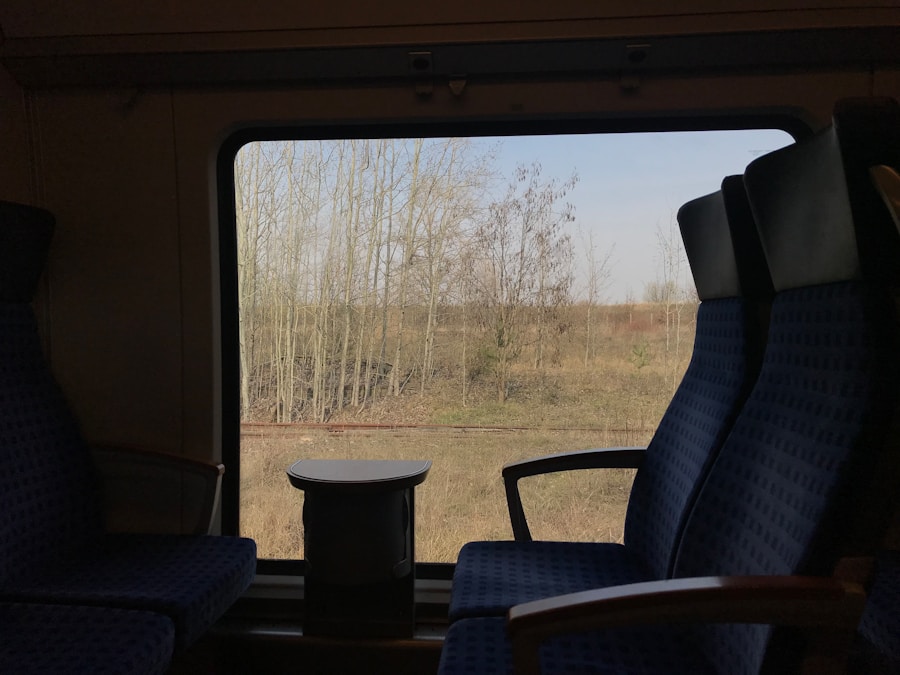
In an age dominated by fast-paced lifestyles and instant gratification, slow travel has emerged as a refreshing alternative that encourages travelers to immerse themselves fully in their surroundings. Train travel epitomizes this philosophy, allowing passengers to savor each moment rather than rushing from one destination to another. The joy of slow travel lies in its ability to foster a deeper connection with the places visited and the people encountered along the way.
Instead of merely checking off items on a bucket list, travelers can engage with local cultures and traditions at a more meaningful pace. The experience of slow travel is enriched by the opportunity to observe the gradual changes in scenery as the train glides through diverse landscapes. From rolling hills to bustling urban centers, each segment of the journey offers a new perspective on the world.
Passengers can take time to reflect on their experiences, read a book, or simply gaze out the window as they watch life unfold outside. This unhurried approach not only enhances personal well-being but also fosters a sense of mindfulness that is often lost in modern travel.
Experiencing diverse landscapes and cultures
| Country | Diverse Landscapes | Cultural Diversity |
|---|---|---|
| India | From the Himalayas to the Thar Desert | Over 2,000 distinct ethnic groups |
| Brazil | Amazon Rainforest to the Pantanal wetlands | Over 200 indigenous languages |
| New Zealand | Mountains, beaches, and fjords | Māori and Pacific Islander cultures |
One of the most compelling aspects of train travel is its ability to showcase a variety of landscapes and cultures within a single journey. As trains traverse different regions, passengers are treated to an ever-changing tapestry of natural beauty and cultural diversity. For example, a train journey through Canada’s Rocky Mountains reveals towering peaks and pristine lakes, while a ride through India’s countryside offers glimpses of vibrant villages and lush fields.
Each landscape tells its own story, inviting travelers to appreciate the unique characteristics of each region. Moreover, train routes often connect urban centers with rural areas, providing insight into the lives of people who inhabit these spaces. Travelers can witness local customs and traditions firsthand as they pass through towns and villages along their route.
This exposure fosters a greater understanding of cultural nuances and encourages meaningful interactions with locals. Whether it’s sharing a meal with fellow passengers or engaging in conversation with residents at a station stop, train travel creates opportunities for authentic experiences that enrich one’s journey.
Connecting with fellow travelers
Train journeys are inherently social experiences that facilitate connections among passengers from diverse backgrounds. The communal nature of train travel encourages interaction, whether it’s sharing stories in a dining car or striking up conversations in shared compartments. These spontaneous encounters can lead to lasting friendships or simply memorable exchanges that enhance the overall experience.
The camaraderie that develops among travelers creates a sense of belonging, transforming solitary journeys into shared adventures. Moreover, trains often attract a mix of locals and tourists, providing an opportunity for cultural exchange. Travelers can learn about different perspectives and lifestyles simply by engaging with those seated nearby.
For instance, a conversation with a local resident might reveal hidden gems in their hometown or offer insights into regional customs that are not found in guidebooks. These interactions enrich the journey by fostering understanding and appreciation for the diversity of human experiences.
Embracing the charm of historic train routes

Trans-Siberian Railway: A Testament to Human Ingenuity
For example, the Trans-Siberian Railway stretches across Russia, connecting Moscow to Vladivostok over nearly 6,000 miles. This legendary route not only showcases stunning landscapes but also serves as a testament to human ingenuity and perseverance in overcoming geographical challenges.
Glacier Express: Breathtaking Views of the Swiss Alps
Another notable example is the Glacier Express in Switzerland, renowned for its breathtaking views of the Swiss Alps. This slow-moving train takes passengers through picturesque valleys and over majestic bridges, allowing ample time to appreciate the stunning scenery.
Stepping Back in Time: Rich Narratives and Cultural Significance
Historic routes like these are often accompanied by rich narratives that highlight their significance in shaping regional development and cultural exchange. Traveling along these paths provides an opportunity to step back in time while experiencing the beauty of nature and history intertwined.
Immersing yourself in local cuisine and traditions
Train travel offers an excellent opportunity to indulge in local cuisine and immerse oneself in regional traditions. Many trains feature dining cars that serve meals prepared with fresh ingredients sourced from nearby areas. This culinary experience allows travelers to taste authentic dishes that reflect the culture of the regions they are passing through.
For instance, a journey through Italy might include delectable pasta dishes paired with regional wines, while traveling through Southeast Asia could introduce passengers to flavorful street food-inspired meals. In addition to onboard dining experiences, many train routes make scheduled stops at stations where local vendors sell traditional snacks and delicacies. These brief interludes provide an opportunity for travelers to sample local flavors and engage with vendors who are often eager to share their culinary heritage.
Participating in food-related activities—such as cooking classes or market tours—can further enhance this immersive experience, allowing travelers to gain insight into local customs surrounding food preparation and consumption.
The environmental benefits of train travel
As concerns about climate change and environmental sustainability continue to grow, train travel emerges as one of the most eco-friendly modes of transportation available today. Trains produce significantly lower carbon emissions per passenger compared to cars or airplanes, making them an attractive option for environmentally conscious travelers. By choosing rail over air travel for shorter distances or regional trips, individuals can contribute to reducing their carbon footprint while still enjoying an enriching travel experience.
Additionally, many rail companies are investing in sustainable practices by upgrading their fleets with energy-efficient technologies and exploring alternative energy sources such as electricity generated from renewable resources. High-speed trains like those found in Europe and Asia are designed for efficiency, allowing them to transport large numbers of passengers while minimizing energy consumption per person. This commitment to sustainability not only benefits travelers but also helps preserve natural landscapes for future generations to enjoy.
In conclusion, train travel offers a multifaceted experience that encompasses adventure, connection, culture, and sustainability. From planning your journey to embracing local traditions along the way, each aspect contributes to a rich tapestry of experiences that define what it means to explore our world by rail.
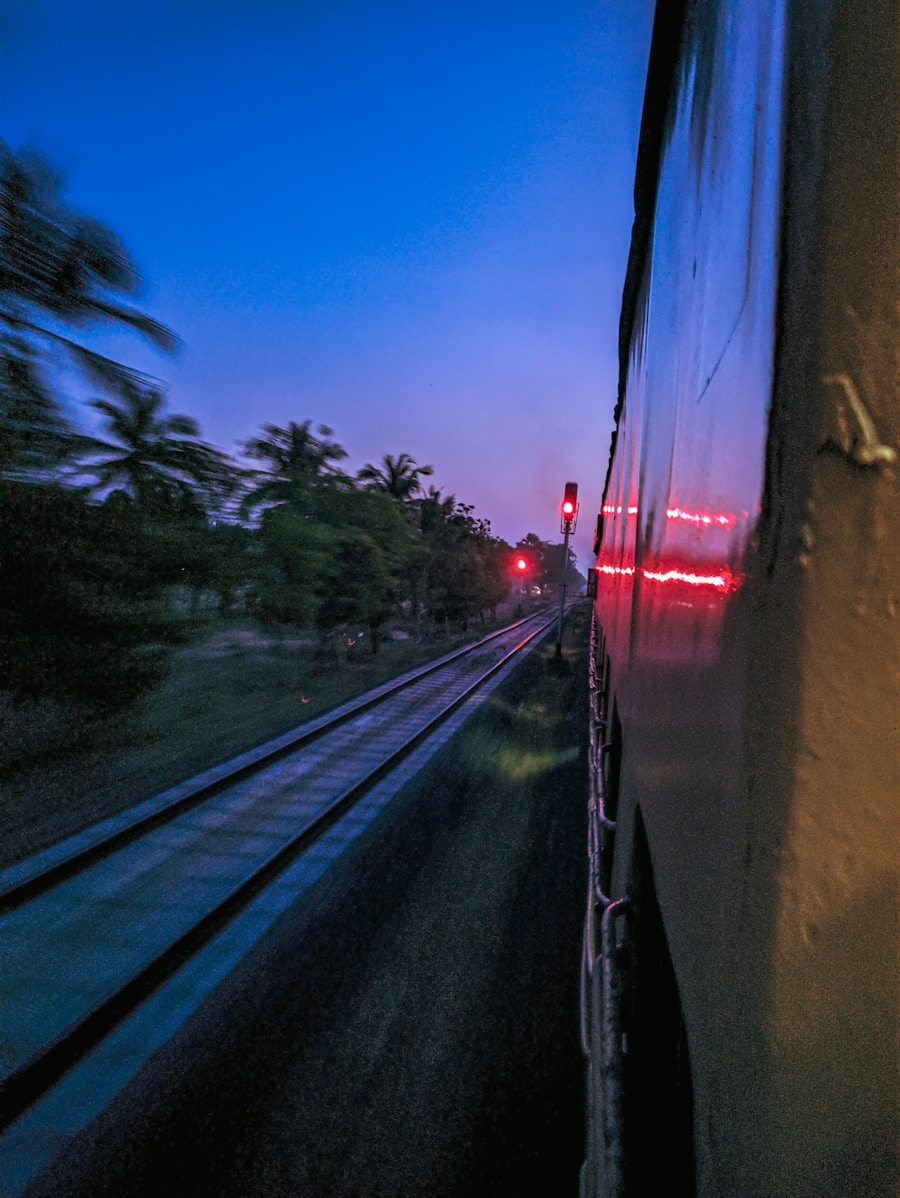
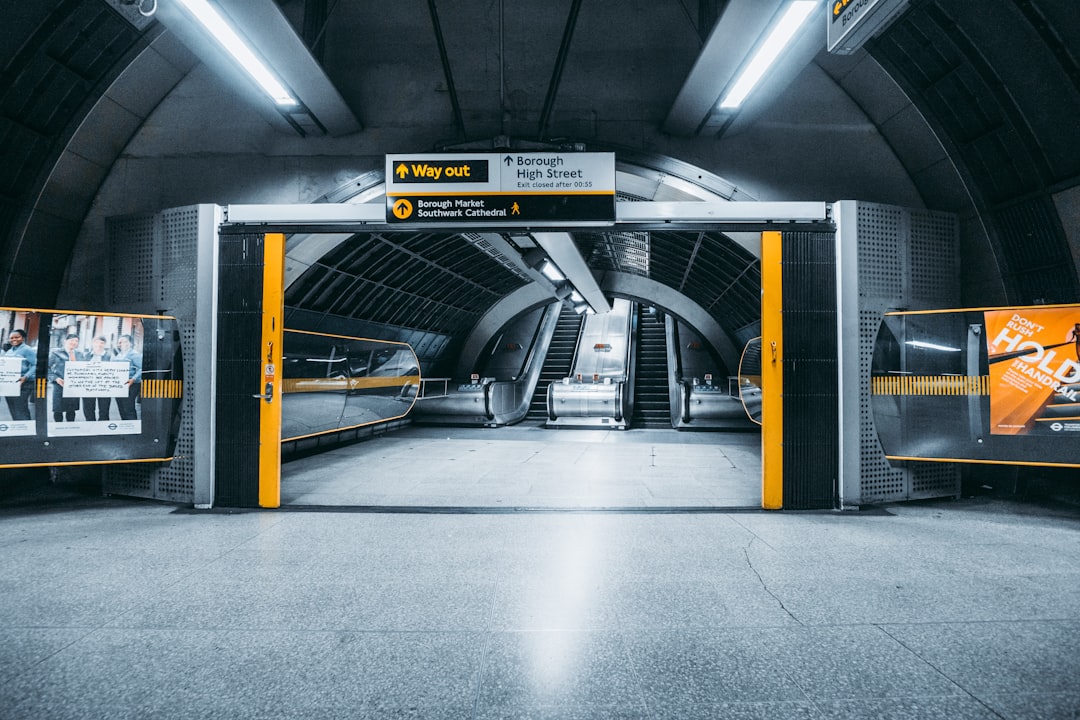
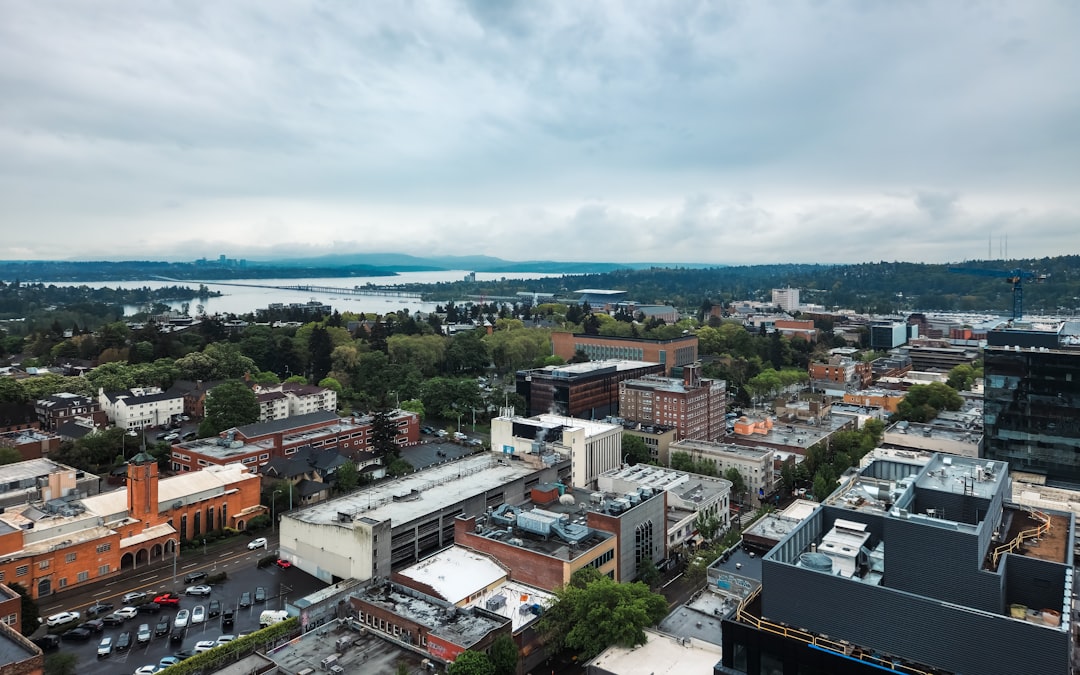

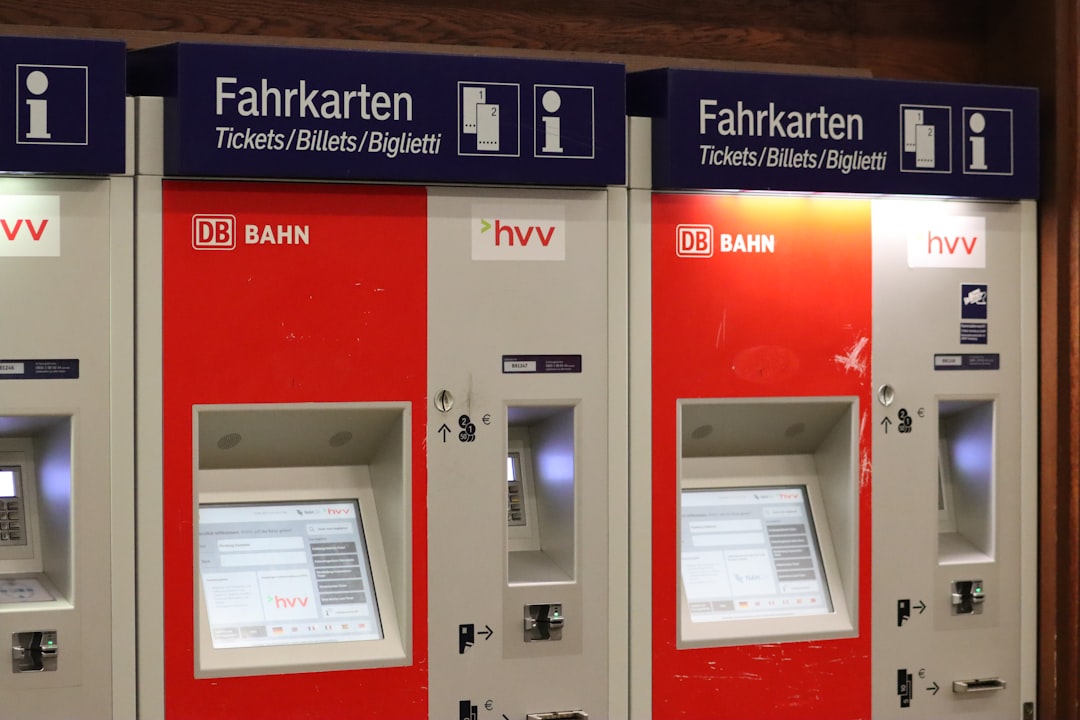
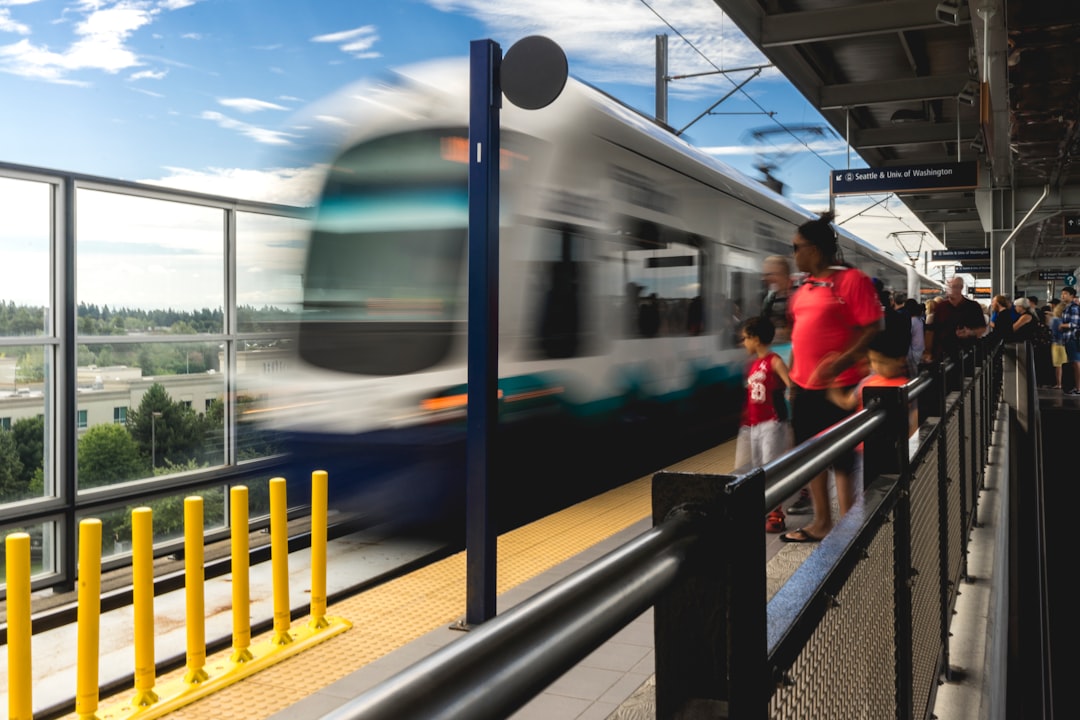
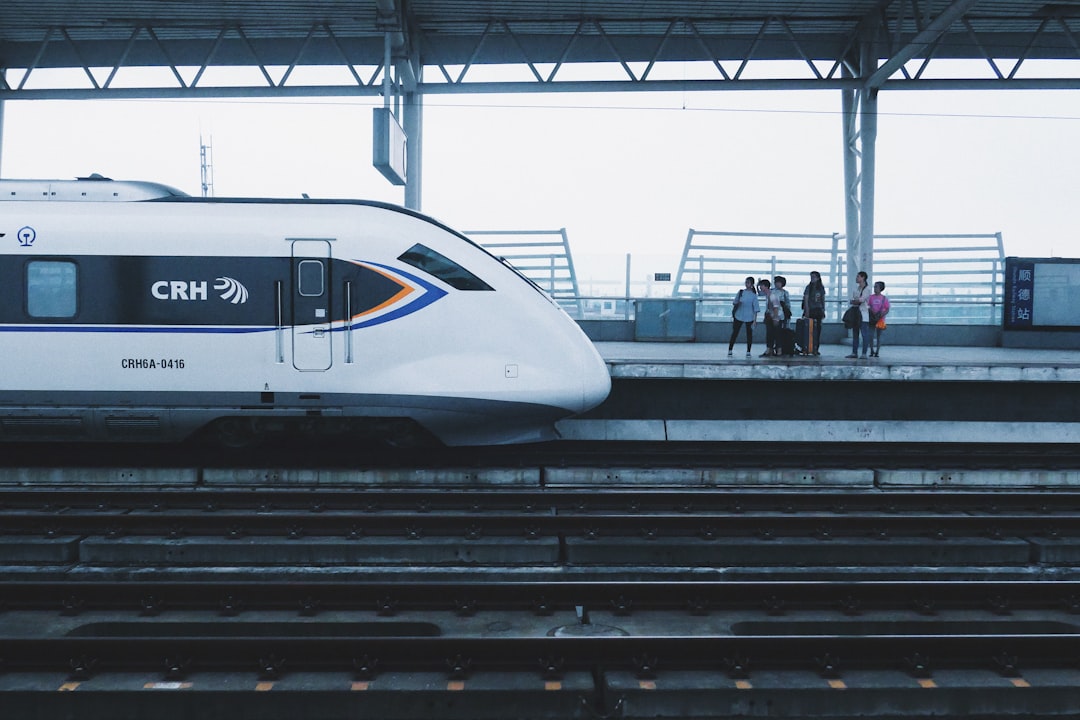
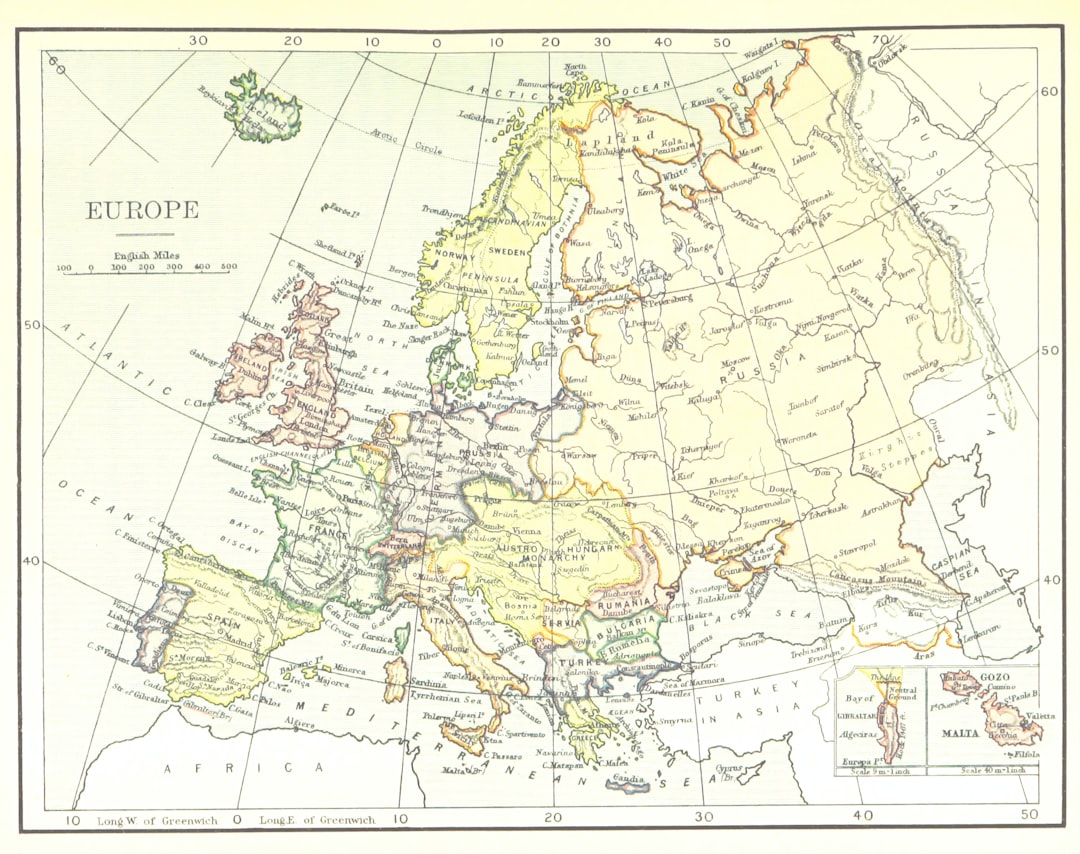
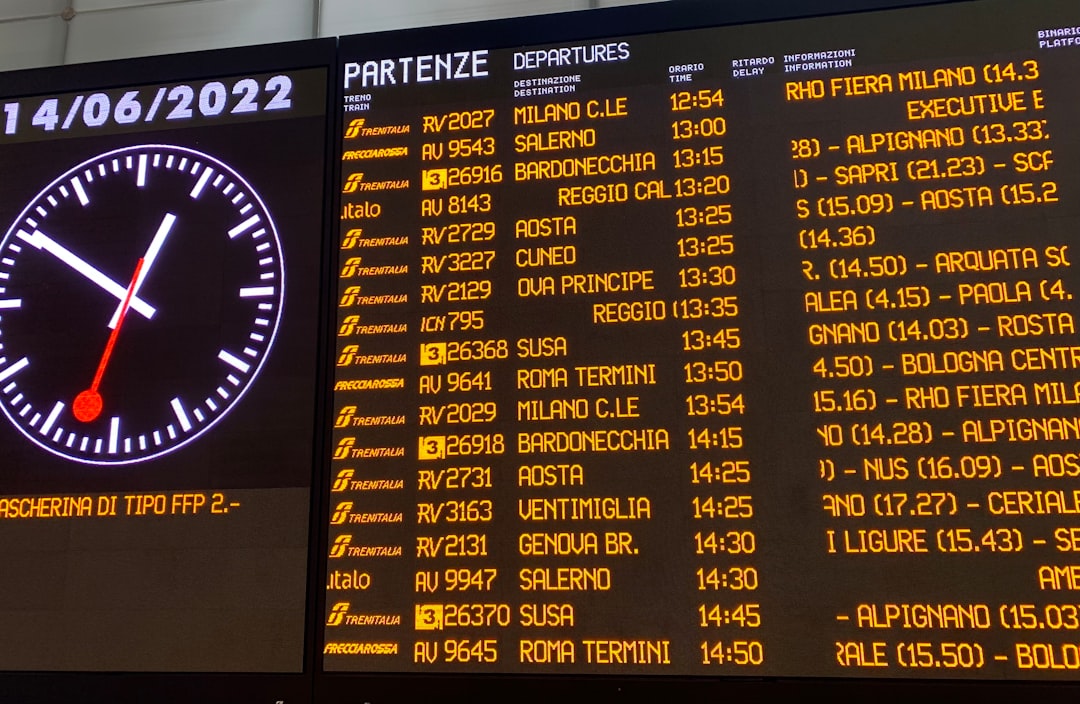
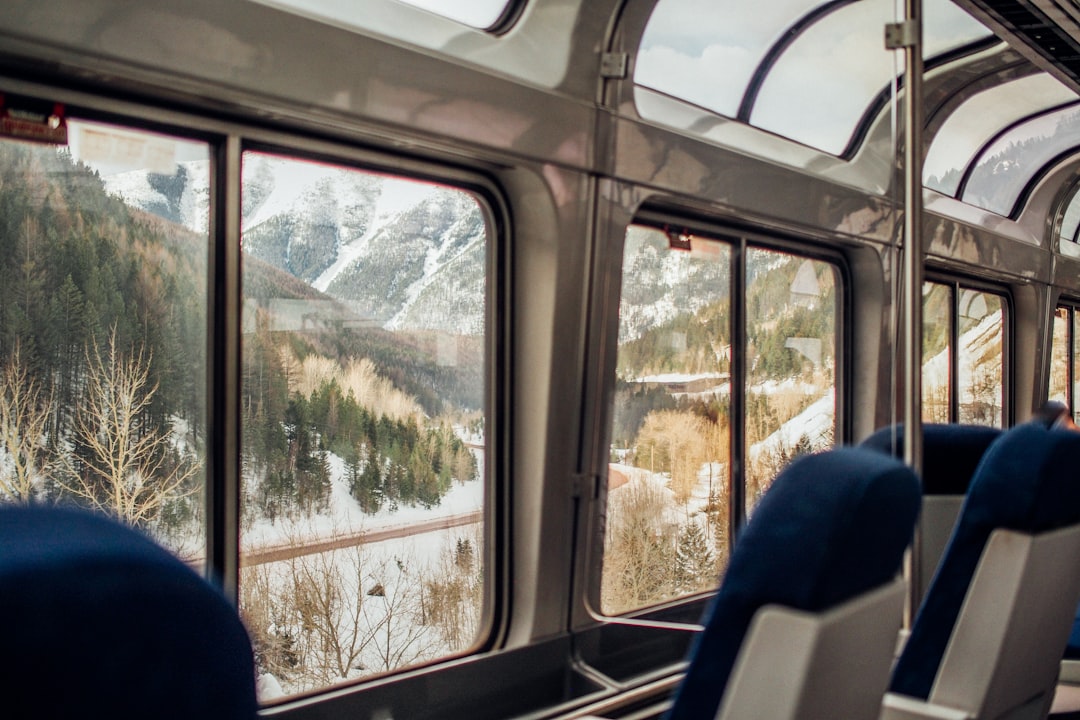

Leave a Reply